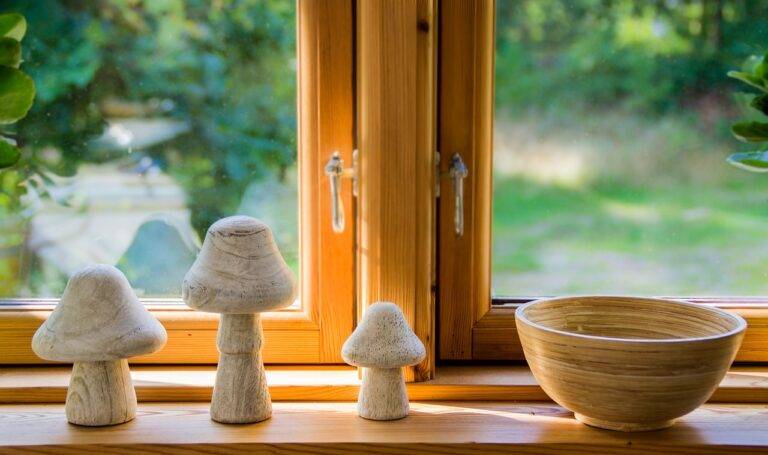How to Design a Home Office That Maximizes Space
Working from home has become increasingly common, and having a functional home office is essential for productivity and overall well-being. However, not everyone has the luxury of a large space dedicated solely to work. If you find yourself in a small or limited area, don’t worry – there are plenty of clever ways to design a home office that maximizes space and efficiency. In this article, we’ll explore various tips and strategies to help you create a workspace that works for you, no matter the size.
1. Choose the Right Furniture
When it comes to designing a small home office, every square inch counts. Opt for furniture that is both functional and space-saving. Consider a compact desk with built-in storage solutions or a wall-mounted desk that can be folded away when not in use. Look for office chairs that are ergonomic and adjustable to ensure comfort during long work hours. Utilize vertical space with shelving units or floating shelves to keep clutter off the floor.
2. Utilize Natural Light
Natural light can make even the smallest space feel more open and inviting. Position your desk near a window to take advantage of natural daylight, which can boost productivity and improve mood. If windows are limited, consider using mirrors to reflect light and create the illusion of a larger space. Choose light, neutral colors for walls and furniture to further enhance the brightness of the room.
3. Keep It Organized
Clutter can quickly overwhelm a small space, making it difficult to focus and be productive. Invest in organizational tools such as trays, baskets, and drawer dividers to keep your office supplies in order. Use cable management solutions to keep cords and cables out of sight and prevent tangling. Consider implementing a filing system to keep paperwork organized and easily accessible.
4. Dual-Purpose Furniture
If space is limited, consider furniture pieces that serve multiple functions. A storage ottoman can double as a seat and provide extra storage for office supplies. A fold-out wall desk can be used as a workspace during the day and folded up to create more floor space in the evening. Look for creative solutions that maximize functionality without sacrificing style.
5. Design for Comfort
While it’s important to maximize space in a home office, comfort should not be overlooked. Invest in a supportive chair and ergonomic desk setup to prevent back pain and fatigue. Consider adding a rug or floor mat to cushion hard floors and absorb noise. Personalize your workspace with decor that inspires you, such as plants, artwork, or meaningful objects.
6. Create a Designated Work Area
To maintain a healthy work-life balance, it’s crucial to establish boundaries between work and personal life, even in a small space. Designate a specific area of your home for work purposes only, whether it’s a corner of a room or a closet-turned-office. When you’re in your work area, focus on work-related tasks, and when you’re done for the day, leave the space to relax and recharge.
FAQs
Q: How can I make a small home office look bigger?
A: To make a small home office appear larger, utilize light colors, natural light, and mirrors to create a sense of openness. Keep clutter to a minimum and opt for furniture that is visually light and space-saving.
Q: What are some creative storage solutions for a small home office?
A: Some creative storage solutions for a small home office include wall-mounted shelves, under-desk storage bins, floating drawers, and pegboards for organizing supplies. Utilize vertical space with shelves and cabinets to maximize storage options.
Q: How can I reduce distractions in a home office?
A: To reduce distractions in a home office, create a designated work area away from high-traffic areas. Use noise-cancelling headphones or a white noise machine to block out distractions. Establish a daily routine and set boundaries with family members or roommates to minimize interruptions.
By following these tips and strategies, you can design a home office that maximizes space and functionality, even in a small area. Remember to prioritize comfort, organization, and personalization to create a workspace that inspires creativity and productivity. With a little creativity and planning, you can transform any space into a productive and inviting home office.







